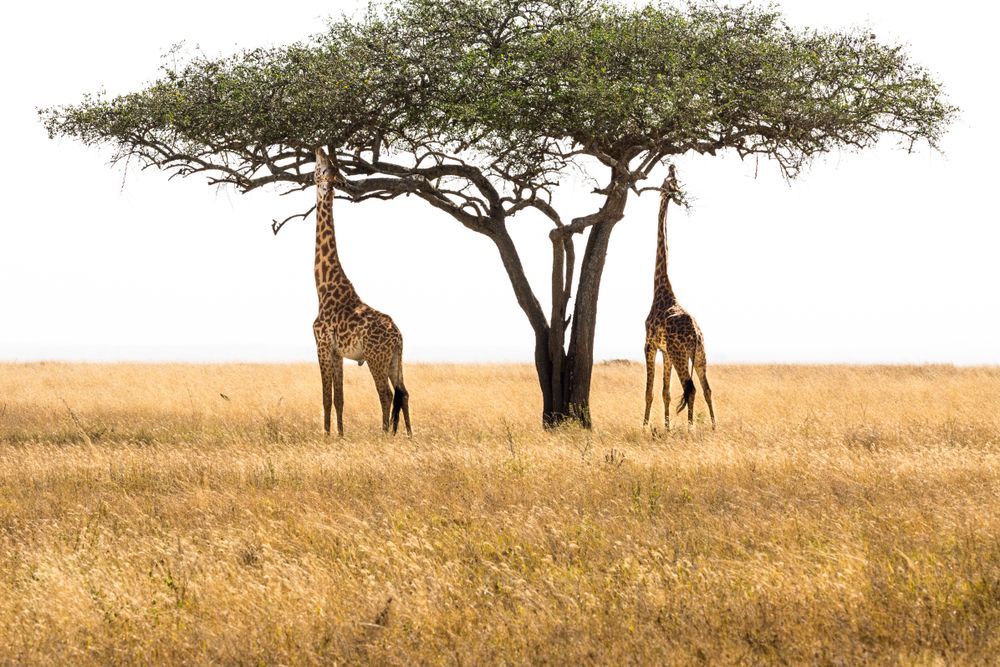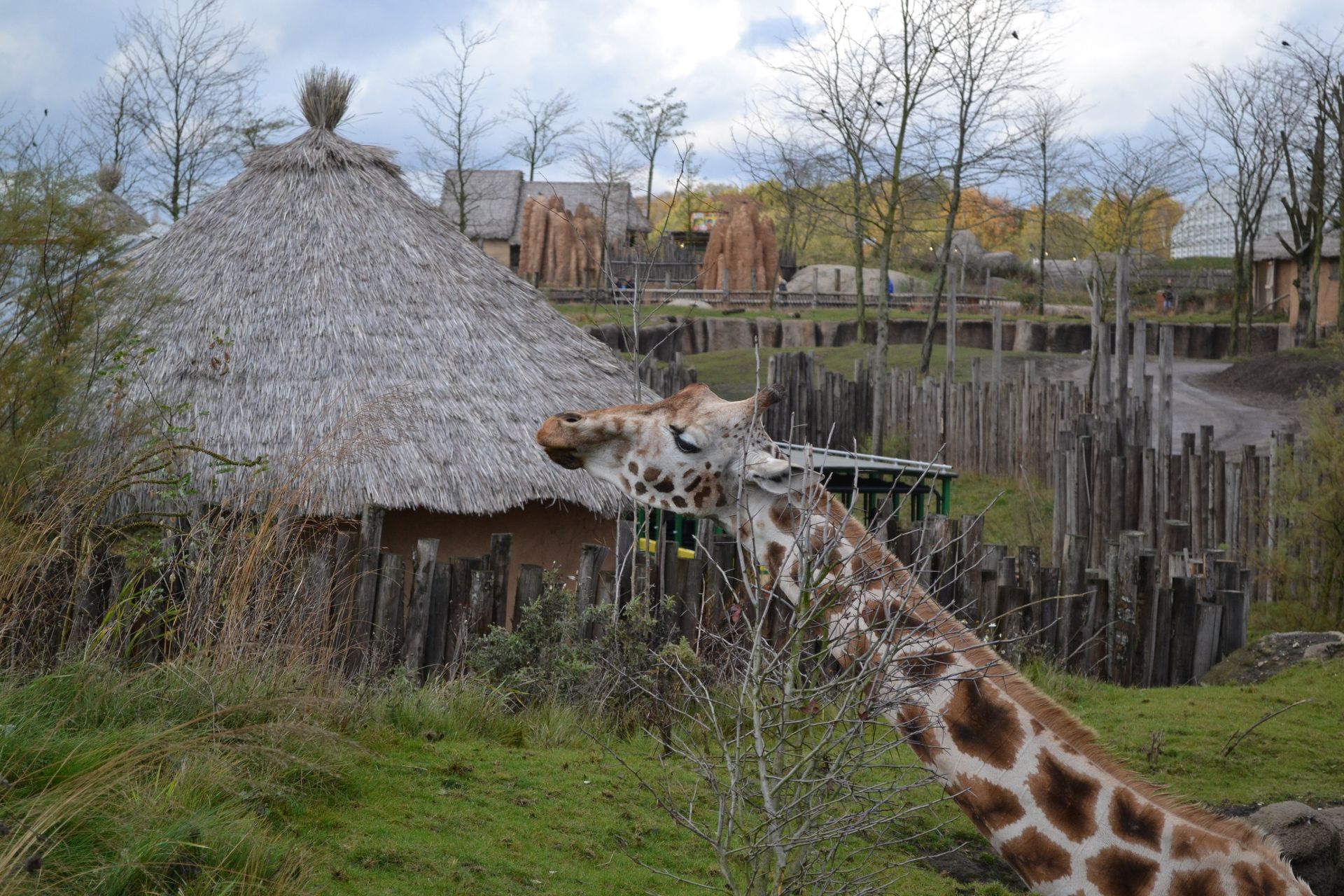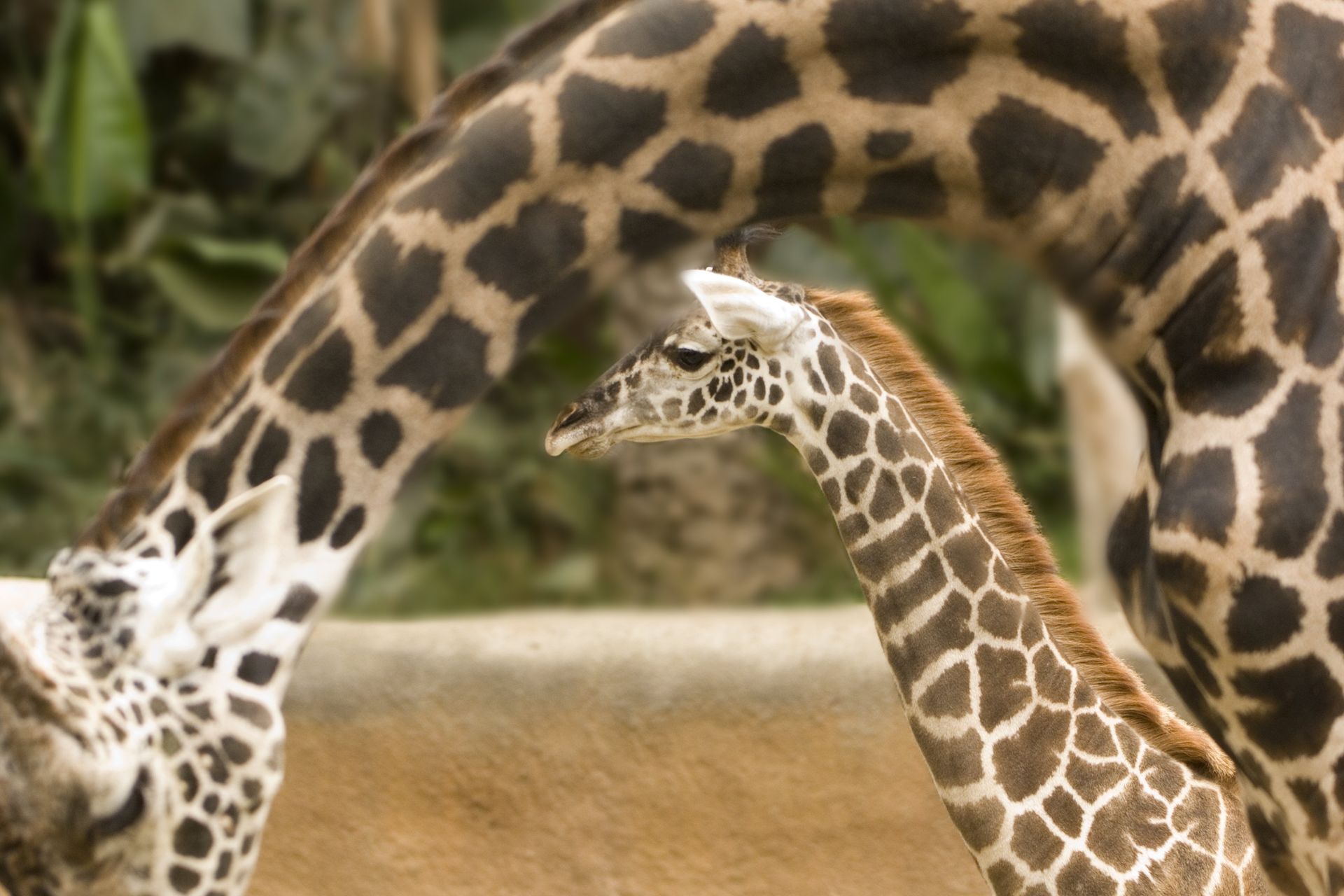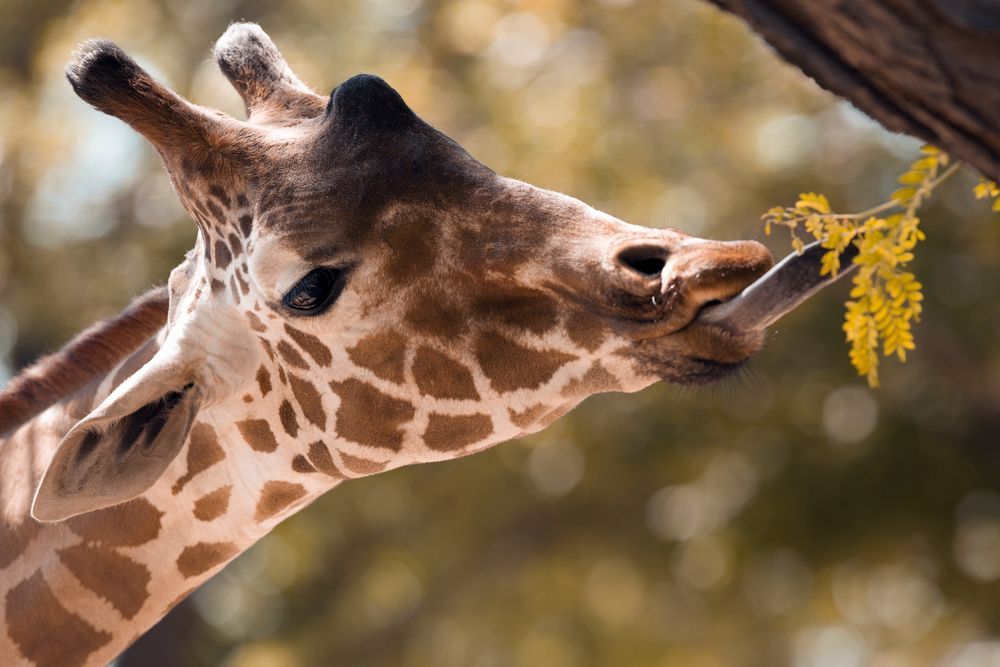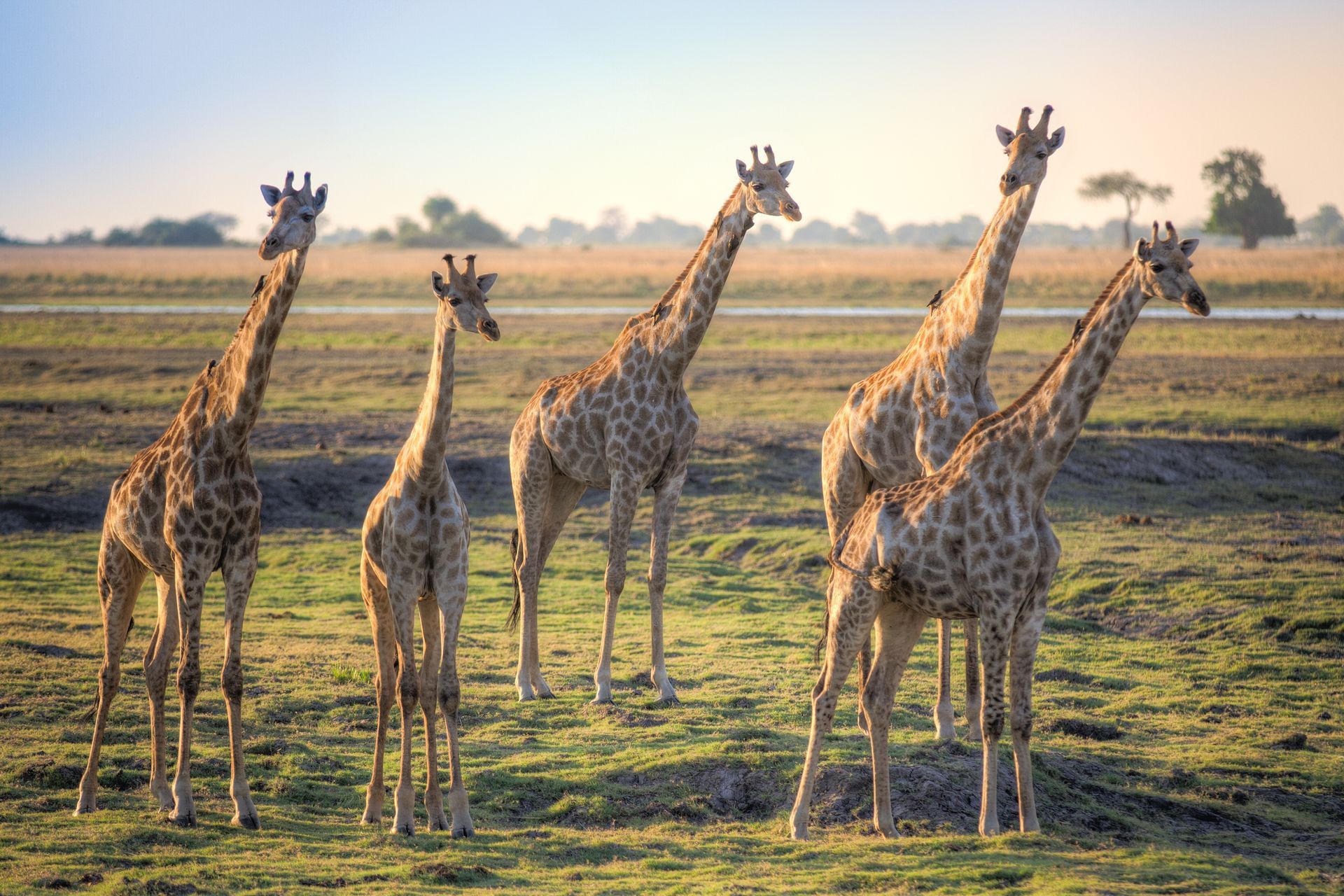Island of CommitmentPlan Through Commitment
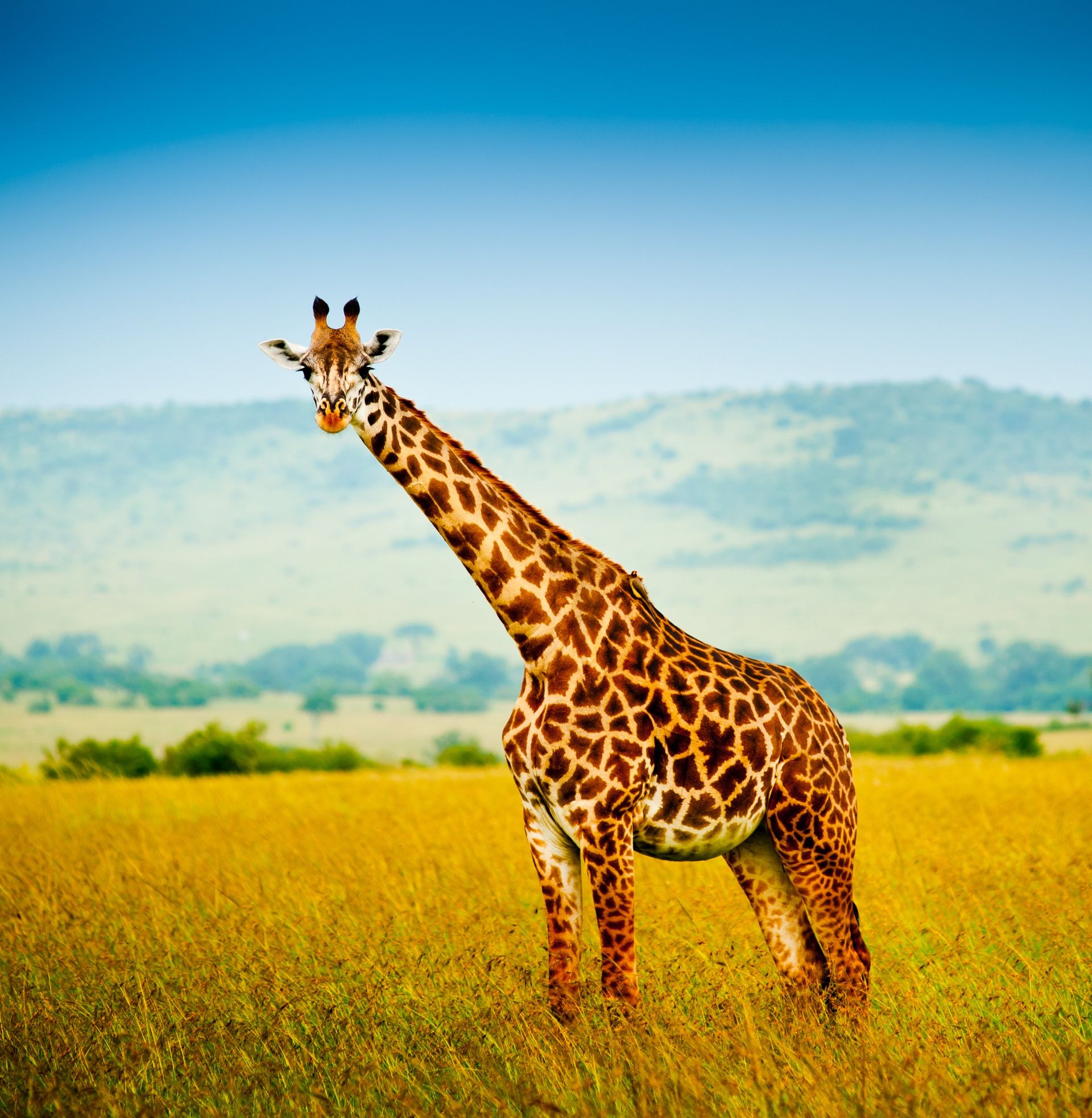
Stretlit /STRET-lit/ Stretch a Little
- Continually overcome fear. Knowledge, correctly applied, reduces fear.
- Identify self-defeating and self-restrictive behaviors and replace them with self-emancipating ones.
- Use Wywow as the planning tool to make these changes.
- Go forward with a smile.
- Go the Extra Mile – be a GEM.
- Increases SAPA (Self-Awareness and Positive Attitude)
- Increases knowledge and courage
- Leads to continual growth
- Makes me more open, willing, and prepared to accept change
Recommended Path:
2
- Listen to Stretlit the Giraffe.
- Record your thoughts and impressions.
- How can you explain ‘comfort zone’?
- Read the giraffe facts.
- After reading the animal facts and listening to the song, how could you liken the giraffe to stretching a little farther?
- In the song, Stretlit the Giraffe, it says, “Overcome your fears.” Study the words faith and fear in your core books.
- What do you learn about these words that can help you overcome fears when you need to step outside of your comfort zone?
- Why is the principle of Stretlit important?
- In the song, Stretlit the Giraffe, it says, “There are constant challenges your whole life through. They increase your knowledge and courage both, but most of all, they lead to continuous growth. You’ve got to stretch! Push a little harder. Reach! Go a little farther.”
- What does this statement mean to you?
- What opportunities have you been given to stretch a little farther and grow a little taller?
- Find stories in your core books of individuals who had challenges in their lives.
- How did these challenges stretch them?
- What did they learn?
- What fears did they have to face, and how did they overcome those fears?
- What lessons can you learn from them to help you grow in your challenges?
- Are there videos, pictures, or other resources you can use to share these stories?
4
1. Giraffes are the tallest mammals in the world. Even newborn giraffes are taller than most adult humans.
2. Giraffes communicate using very low rumbling sounds, which are usually too low for a human ear to hear. Like the rhinoceros, they have a symbiotic relationship with the oxpecker (or tickbird), which rides on a giraffe’s back and eats the bugs off its coat. When a predator is close, oxpeckers make loud noises, warning the giraffe of the danger.
3. The giraffe has an extremely long tongue. This enables it to eat plants that are avoided by most animals, such as the acacia plant, which has very long, sharp thorns. Although they can eat 34 kg (75 lbs) of plants per day, giraffes drink very little water.
4. Giraffes spend most of their lives standing up, even when giving birth and sleeping. They sleep only a few minutes at a time for a total of 4.5 hours every day.
5. Giraffes are very peaceful, non-confrontational animals that rarely fight. They are not territorial and live in groups called towers. An older male leads these towers.
6. The spots on a giraffe are unique for each animal, much like a human’s fingerprints.
7. What else can you learn about the giraffe?



